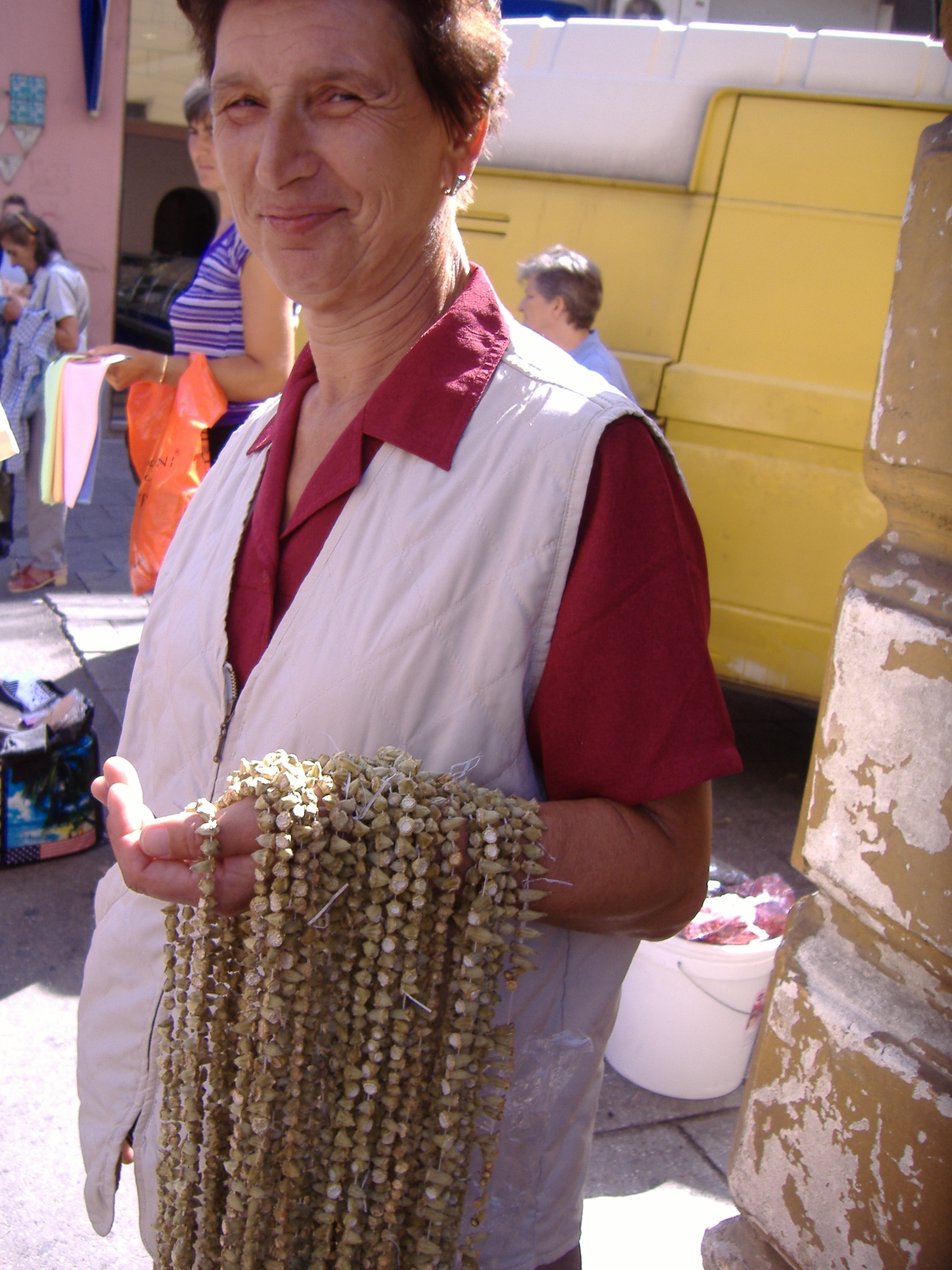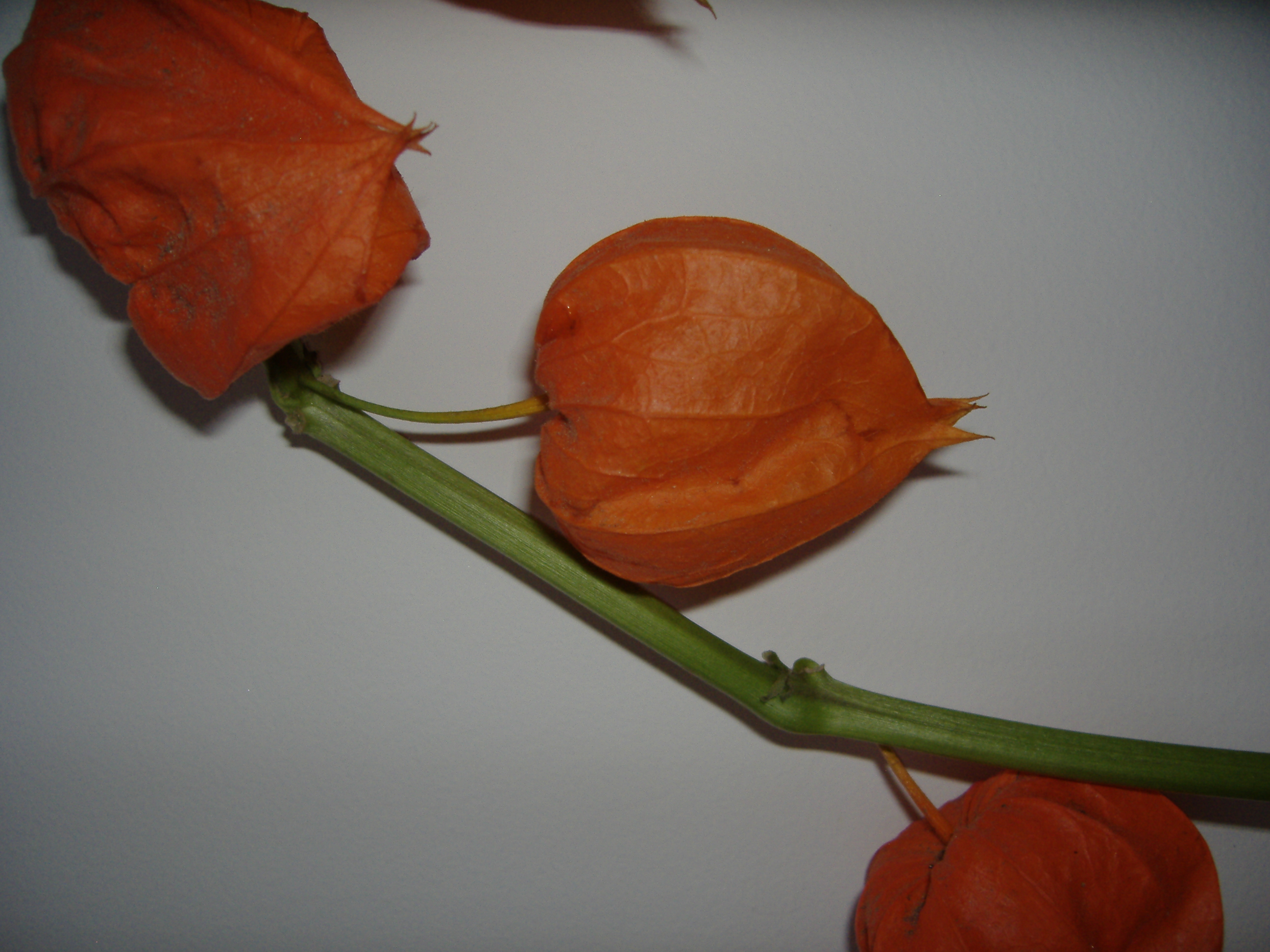Ursula Heinzelmann is writing a book on artisanal cheeses of Germany, and was “very happy” to discover Möhrenleibchen, a mild cheese flavoured with carrot juice, that “allowed her to present a paper” here on vegetables. This cheese has been a huge success. In the old days, Tacitus described the big butch uncivilized german preference for fresh meat and crude cheese, essentially curdled milk. That remains the preferred type of cheese in Germany, made form pressed, salted fresh curds. “When I grew up, cheese was just a plentiful basic alternative to cold cuts, it wasn’t really flavourful.” Some background on the anti-progress philosophies of Rudolf Steiner and the biodynamic moves to an integrated agriculture, and that is the basis now and locus of the interest in artisanal cheese-making. But cheese-making is also a reaction to the low income from liquid milk. One woman, Eva Bauer (?) at Dottenfeld started the whole thing off, making lots of mistakes and encountering a lot of skepticism. Officialdom was also very dismissive. “Anthroposophists don’t mind if people look at them and think they are quite crazy.” Her husband had been breeding a carrot for taste, and the carrot juice is added to the cheese. “It speaks very low, you have to listen to it. It doesn’t taste of carrots, but it has a very special fruity taste to it.”
I’m losing the plot here. But now we’re into the vegetarians who don’t know — “or don’t want to know” — that milk and cheese are possible only because animals are born and have to die, and this plainly named carrot cheese is attractive because it takes the cheese closer to vegan than to vegetarian.

